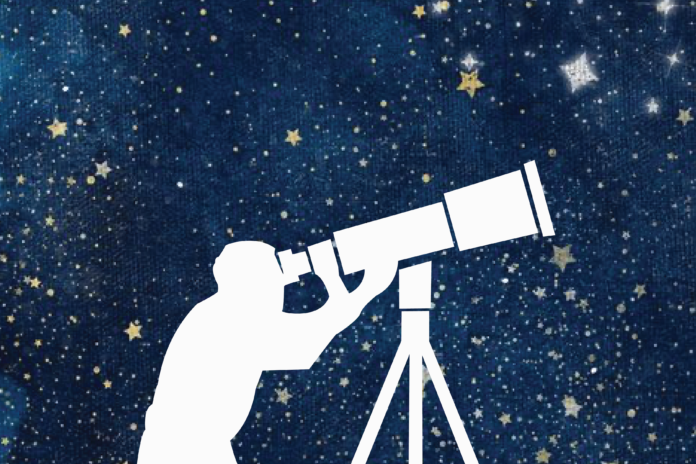Meet the amazing telescope that took 30 years to build, and learn about the international collaboration and new discoveries it has made possible
By EMILIE BROWN — emrbrown@ucdavis.edu
It’s been almost a year since the James Webb Space Telescope (JWST) was launched, and already it has transcended our greatest expectations, inspiring new generations of scientists and bringing us closer to finding answers to some of the universe’s biggest questions.
The JWST gracefully aligns 18 gold-plated mirrors in interconnected hexagonal shapes and four instruments, all suspended on a silver sun shield to bring us the clearest pictures of the universe ever captured. It’s elegant, streamlined and simply beautiful.
Even more impressive than the graceful design of the JWST is what it took to make it a reality. Creating it required around 30 years of planning, testing and building in collaboration with thousands of engineers, physicists, mathematicians and technicians across 29 U.S. states and 14 countries. Multinational collaborations in science are almost always beneficial, but the successful creation of the JWST is nothing short of remarkable. It was designed so perfectly that, following a very successful launch last December, its expected mission life was doubled.
When you look up into the sky at night, you are looking at light that has already left galaxies and stars thousands, millions or even billions of years ago, so you are essentially looking into the past. The JWST allows us to see farther into spacetime than ever before. Its mirrors and infrared capabilities mean that its best images can capture objects over 100 times dimmer than the next best space telescope, the Hubble Space Telescope. In addition, its instrument’s data is not distorted when looking through dust clouds, meaning we can use it to watch the birth of galaxies.
The scientific possibilities with an instrument as powerful as this one are endless. Already, scientists have been able to use data from the telescope to investigate some of the most pressing issues in astronomy and physics today. From the JWST’s first image alone, scientists have been able to study gravitational lensing effects and dark matter.
I believe to appreciate being alive on earth, and the rarity and beauty of existence, we must appreciate our universe and how it came to be. The JWST can help us learn more about the creation of our universe and its growth over time, shedding light on our place in the universe as well.
Just as the Hubble Space Telescope inspired the last generation of space-loving scientists, the JWST is inspiring a whole new generation to look to the stars. If you haven’t seen the JWST Deep Field or any other JWST images, I highly suggest you look it up. Put simply, they are mesmerizing. Hubble’s images of galaxies thousands of lightyears away instill wonder in schoolchildren and high school students alike. The JWST will create more awe-inspiring images and scientific knowledge, carrying on Hubble’s legacy.
It took roughly $10 billion to build the JWST. I wouldn’t be surprised if you doubted the usefulness of the new telescope, or if you think that the resources and brain power spent on the JWST would have been more beneficial on Earth. However, less than a year after launch, the JWST is already providing humanity with the clearest, deepest, widest and most complete images of the universe yet. It has proven what great work can happen when scientists collaborate, it has inspired the future scientists we will someday rely on and it has helped us learn and theorize about how we came to be.
Not only that, but by letting us look more closely at other planets and star systems, we can use the JWST to make technological advances and learn more about our own planet. It is one of the greatest assets to civilization as we know it, and the future beneficial applications of the JWST are unlimited.
If you would like to learn more about the JWST, check out webb.nasa.gov.
Written by: Emilie Brown — emrbrown@ucdavis.edu
Disclaimer: The views and opinions expressed by individual columnists belong to the columnists alone and do not necessarily indicate the views and opinions held by The California Aggie.




